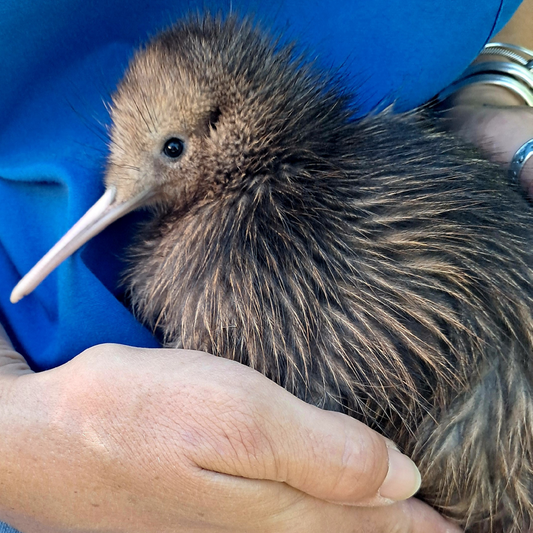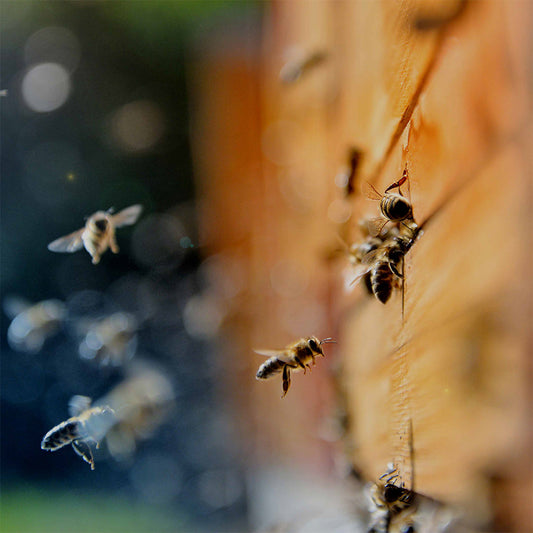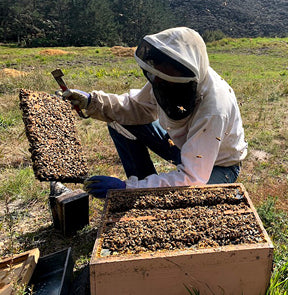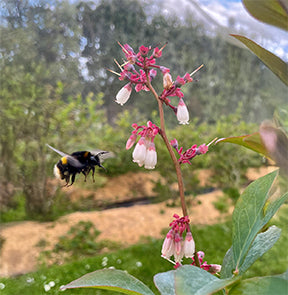News

Celebrating One Year of Partnership with Garden to Table
We are incredibly proud to celebrate one year of partnership with the fantastic NZ charity, Garden to Table! Supporting communities to thrive and working in harmony with nature is at...
Read moreCelebrating One Year of Partnership with Garden to Table
We are incredibly proud to celebrate one year of partnership with the fantastic NZ charity, Garden to Table! Supporting communities to thrive and working in harmony with nature is at...
Read more
Glyphosate Testing
Glyphosate has become a hot topic in the food quality in recent years, but it’s been around since the 1970’s. Today, many countries use it as a weedkiller and crop...
Read moreGlyphosate Testing
Glyphosate has become a hot topic in the food quality in recent years, but it’s been around since the 1970’s. Today, many countries use it as a weedkiller and crop...
Read more
Hydroxytyrosol and Olive Leaf Extract: Natural Support for Your Health and Wellness
Among our natural wellness offerings is the Comvita Olive Leaf Extract range. Containing some of the most important phenolic compounds found in nature, including oleuropein, hydroxytyrosol, tyrosol, rutin, luteolin, catechin,...
Read moreHydroxytyrosol and Olive Leaf Extract: Natural Support for Your Health and Wellness
Among our natural wellness offerings is the Comvita Olive Leaf Extract range. Containing some of the most important phenolic compounds found in nature, including oleuropein, hydroxytyrosol, tyrosol, rutin, luteolin, catechin,...
Read more
Comvita’s Harmony Plan for People, Bees, and Biodiversity
Rooted in the Māori value of Kaitiakitanga (guardianship), our commitment to nature is guided by a simple but powerful belief: that healing the planet starts with working in harmony with...
Read moreComvita’s Harmony Plan for People, Bees, and Biodiversity
Rooted in the Māori value of Kaitiakitanga (guardianship), our commitment to nature is guided by a simple but powerful belief: that healing the planet starts with working in harmony with...
Read more
Autumn and Winter in the Hive
A honeybee hive does not hibernate over winter. Instead, its sole purpose is keeping the queen alive, fed, and warm so she can repopulate the hive in the spring.
Read moreAutumn and Winter in the Hive
A honeybee hive does not hibernate over winter. Instead, its sole purpose is keeping the queen alive, fed, and warm so she can repopulate the hive in the spring.
Read more
Protecting Our Beehives
Honeybees are incredibly intelligent and resilient creatures. However, because they are an introduced species in many parts of the world, including New Zealand and Australia, they are vulnerable to certain...
Read moreProtecting Our Beehives
Honeybees are incredibly intelligent and resilient creatures. However, because they are an introduced species in many parts of the world, including New Zealand and Australia, they are vulnerable to certain...
Read more
Summer Fruits and the role of Pollinators
While European honey bees are only one of the 20,000 bee species on the planet, they are responsible for directly pollinating over one-third of the food we consume worldwide.
Read moreSummer Fruits and the role of Pollinators
While European honey bees are only one of the 20,000 bee species on the planet, they are responsible for directly pollinating over one-third of the food we consume worldwide.
Read more
Summertime & honeybees!
As the days get hotter and dryer our buzzing friends need your help to stay cool and healthy all summer long. Here are some ways you can help bees in...
Read moreSummertime & honeybees!
As the days get hotter and dryer our buzzing friends need your help to stay cool and healthy all summer long. Here are some ways you can help bees in...
Read more